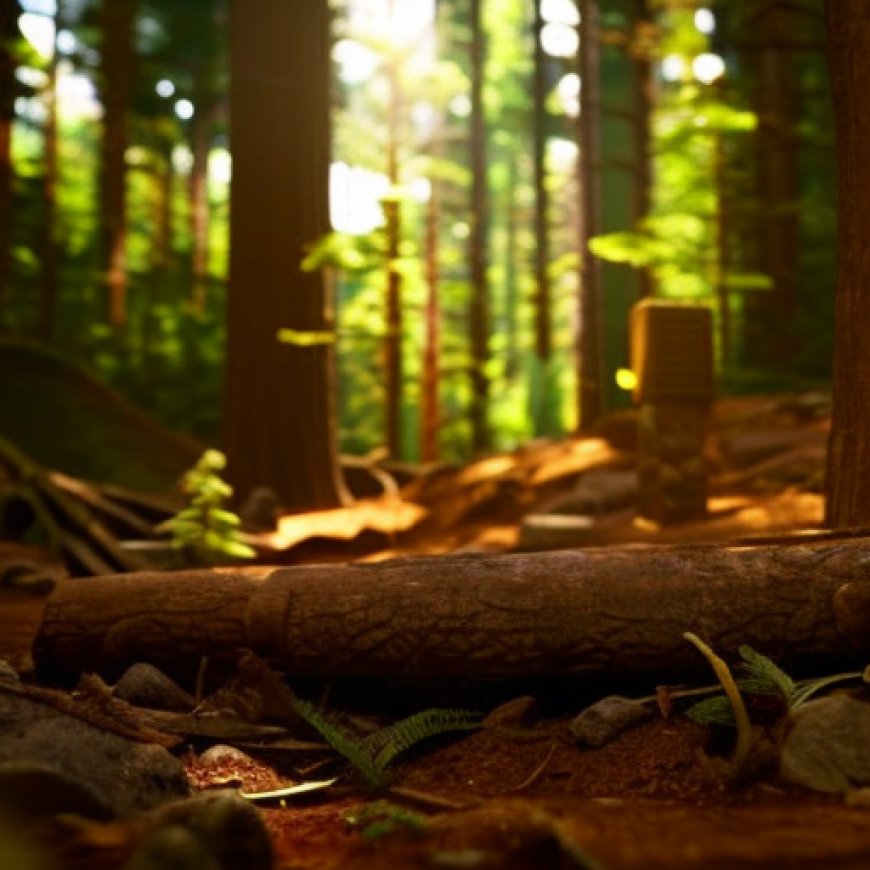Archaeology on the forest | US Forest Service
Archaeology on the forest | US Forest Service USDA Forest Service


Exploring the Past and Protecting Cultural Heritage on the Kaibab National Forest

As Kristen Francis looks out across the quiet expanse of the Kaibab Plateau in Northern Arizona, she wonders at what all the land has seen and what we can learn if we look closely.
Surveying and Protecting Cultural, Historic, and Prehistoric Sites
Francis is an assistant district archaeologist with the Kaibab National Forest. Archaeologists like Francis are essential in the Forest Service to surveying the land, discovering, and protecting cultural, historic, and prehistoric sites. Large swaths of the nation’s 193 million acres of national forests have never been surveyed.

One of the main duties of an archaeologist is to survey project areas before any potentially ground disturbing activity takes place, like constructing roads, forest thinning, or other infrastructure projects. This is crucial for ensuring the protection and preservation of these sites.
Protecting Cultural Heritage during Wildfires
Archaeologists are also essential when trying to build containment around and suppress wildfires. They assess the situation, determine what known archaeological sites are at risk, and protect them. They also survey new areas to prevent damage to unknown sites.

Archaeologists search for artifacts on the landscape, anything older than 50 years. They record the number and type of artifacts found, providing valuable insights into the history and culture of the region. In Northern Arizona, archaeologists have discovered projectile points, stone tools, trail markers, pottery, ceramics, grinding stones, rock art, and even perishable items such as baskets, textiles, and wooden tools preserved in dry alcoves and caves. They also uncover various structures.
Preserving the Past and Learning from Artifacts
SDGs, Targets, and Indicators
1. Which SDGs are addressed or connected to the issues highlighted in the article?
- SDG 11: Sustainable Cities and Communities
- SDG 12: Responsible Consumption and Production
- SDG 15: Life on Land
2. What specific targets under those SDGs can be identified based on the article’s content?
- SDG 11.4: Strengthen efforts to protect and safeguard the world’s cultural and natural heritage
- SDG 12.5: By 2030, substantially reduce waste generation through prevention, reduction, recycling, and reuse
- SDG 15.1: By 2020, ensure the conservation, restoration, and sustainable use of terrestrial and inland freshwater ecosystems and their services
3. Are there any indicators mentioned or implied in the article that can be used to measure progress towards the identified targets?
- Number of archaeological sites surveyed and protected
- Amount of artifacts found and recorded
- Extent of damage to archaeological sites caused by wildfires
- Number of prehistoric structures identified and preserved
Table: SDGs, Targets, and Indicators
| SDGs | Targets | Indicators |
|---|---|---|
| SDG 11: Sustainable Cities and Communities | 11.4: Strengthen efforts to protect and safeguard the world’s cultural and natural heritage | – Number of archaeological sites surveyed and protected – Amount of artifacts found and recorded |
| SDG 12: Responsible Consumption and Production | 12.5: By 2030, substantially reduce waste generation through prevention, reduction, recycling, and reuse | – Amount of waste generated from archaeological activities – Percentage of waste recycled or reused |
| SDG 15: Life on Land | 15.1: By 2020, ensure the conservation, restoration, and sustainable use of terrestrial and inland freshwater ecosystems and their services | – Extent of damage to archaeological sites caused by wildfires – Number of prehistoric structures identified and preserved |
Behold! This splendid article springs forth from the wellspring of knowledge, shaped by a wondrous proprietary AI technology that delved into a vast ocean of data, illuminating the path towards the Sustainable Development Goals. Remember that all rights are reserved by SDG Investors LLC, empowering us to champion progress together.
Source: fs.usda.gov

Join us, as fellow seekers of change, on a transformative journey at https://sdgtalks.ai/welcome, where you can become a member and actively contribute to shaping a brighter future.







